Rhinoplasty
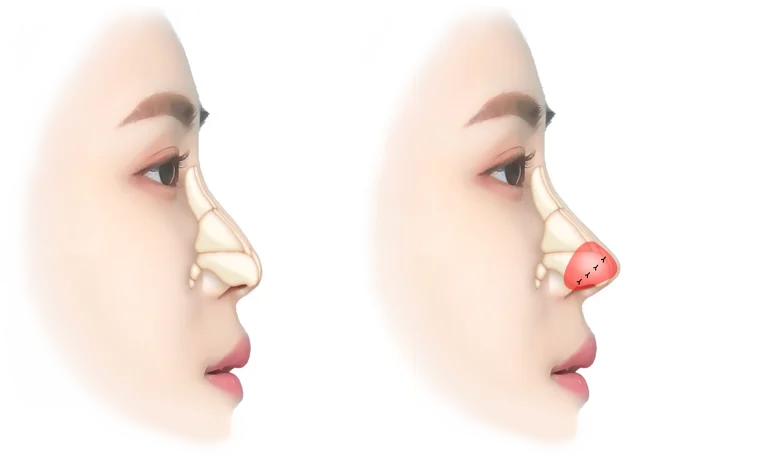
Non-implant Rhinoplasty Simulation
Non-implant Rhinoplasty
Non-implant rhinoplasty creates a natural nasal line
using autologous tissue without artificial implants.
It minimizes complications associated with implants
by using autologous cartilage to refine the nasal shape.
At 345 Plastic Surgery, surgical planning is tailored
to the patient's skeletal structure and individual needs.
Use of
Autologous Tissue
Natural
Nasal Line
Minimizing
Complications
345 Youtube Watch the Video on
Non-implant Rhinoplasty
Learn more about non-implant rhinoplasty using autologous cartilage.
345 Youtube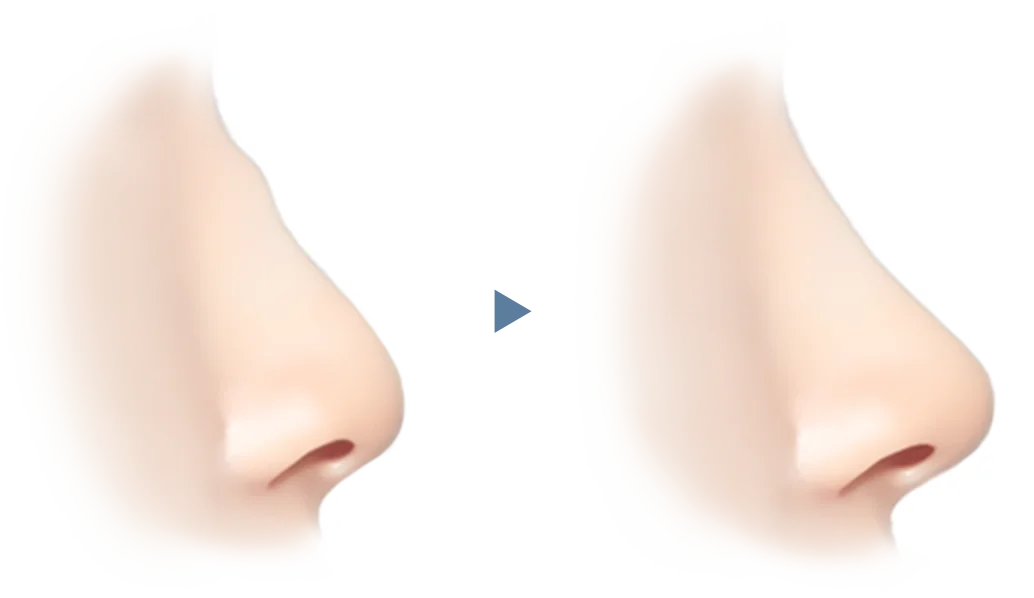
Custom Design Considering
Overall Facial Balance
Since each patient’s facial structure and nose characteristics are different, we perform a detailed analysis to create a customized surgical design.
First, Reduced Foreign Body Sensation and Complications
For patients concerned about implants or those with a high nasal bridge, autologous tissue offers a sharp nasal tip without foreign body sensation or inflammatory reactions.
Second, Natural and Elegant Nasal Line
Minimally invasive surgery preserves natural tissues, achieving a refined and natural nasal line without an artificial appearance.
Third, Personalized Design
The nasolabial angle and nasal line are tailored to best suit the patient’s facial proportions.
custom surgery
Customized surgery is performed,
considering the nasal structure and skin characteristics.
Since each autologous tissue type has different characteristics,
the optimal one is selected based on the patient’s condition and symptoms.
At 345 Plastic Surgery, the type of tissue is chosen collaboratively with the patient
through consultation and diagnostic tests.
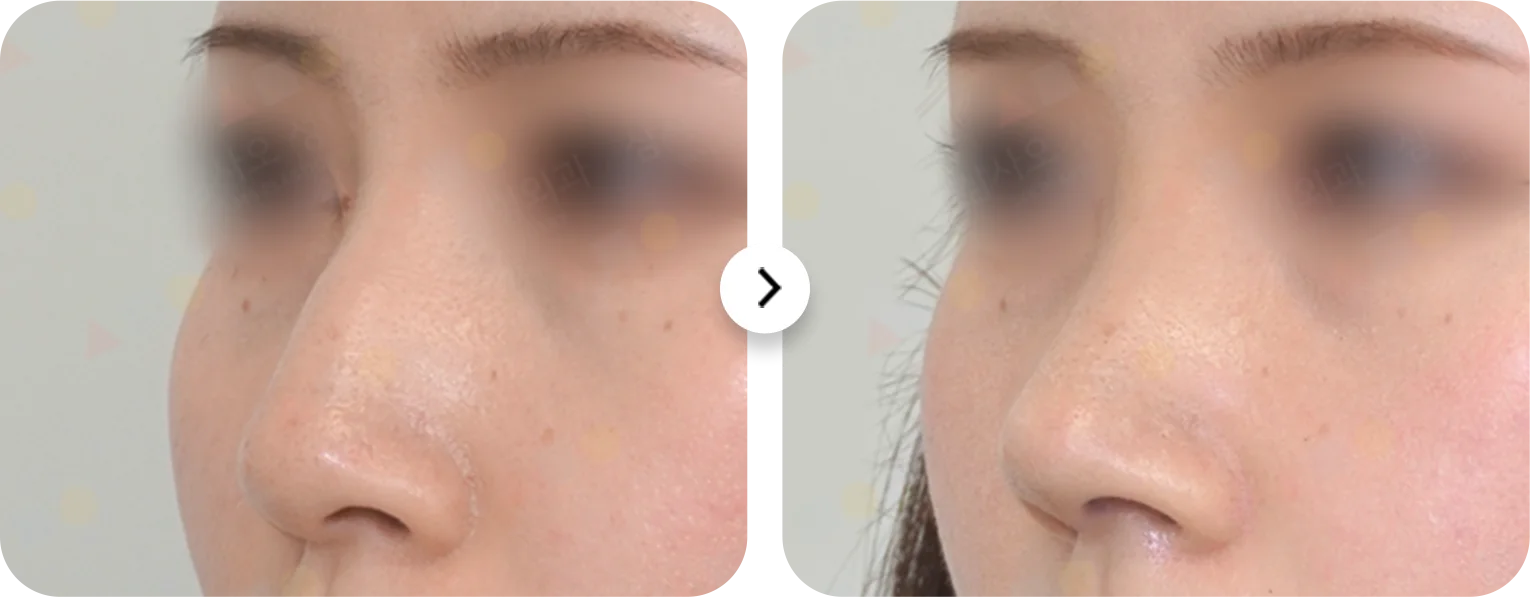
Non-implant rhinoplasty method
Non-implant rhinoplasty techniques vary depending on the case.
Learn about the variety of autologous tissues used at 345 Plastic Surgery.
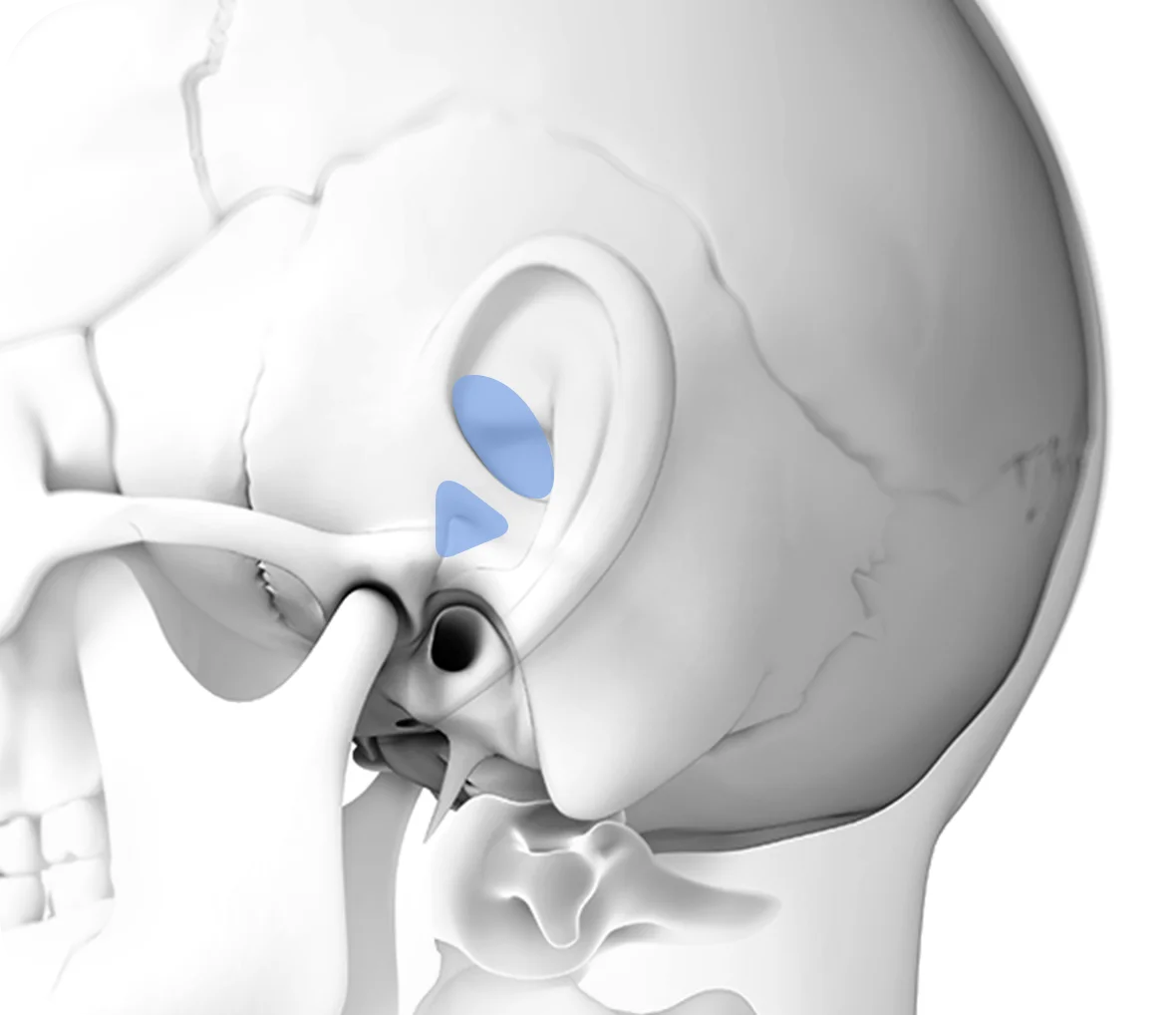
Case 01
Ear Cartilage
making it ideal for forming the nasal tip structure.
It is also suitable for supplementing deficient septal cartilage.
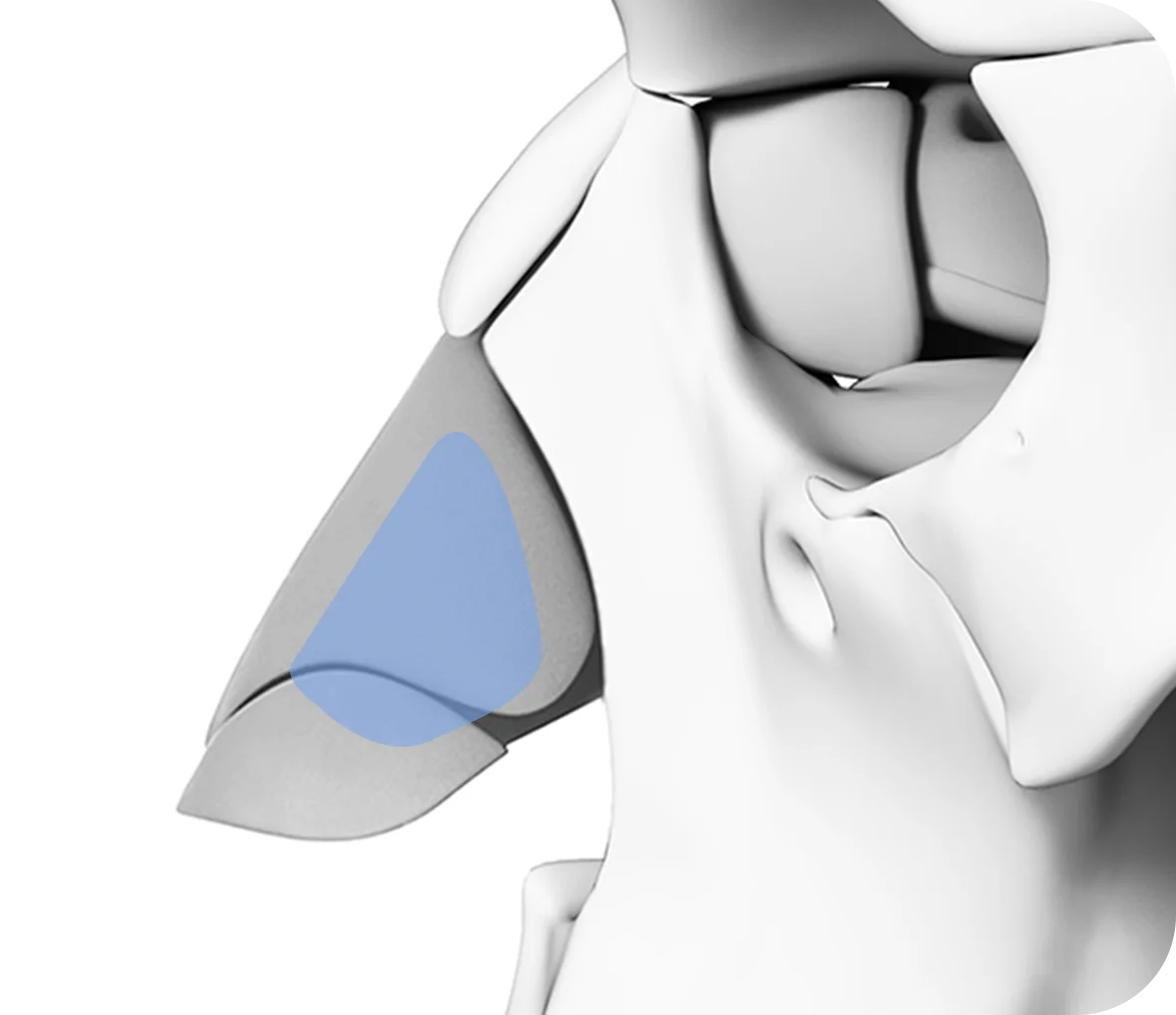
Case 02
Septal Cartilage
and can be used without additional incisions.
It not only supports rhinoplasty
but may also improve nasal function,
such as relieving rhinitis symptoms.
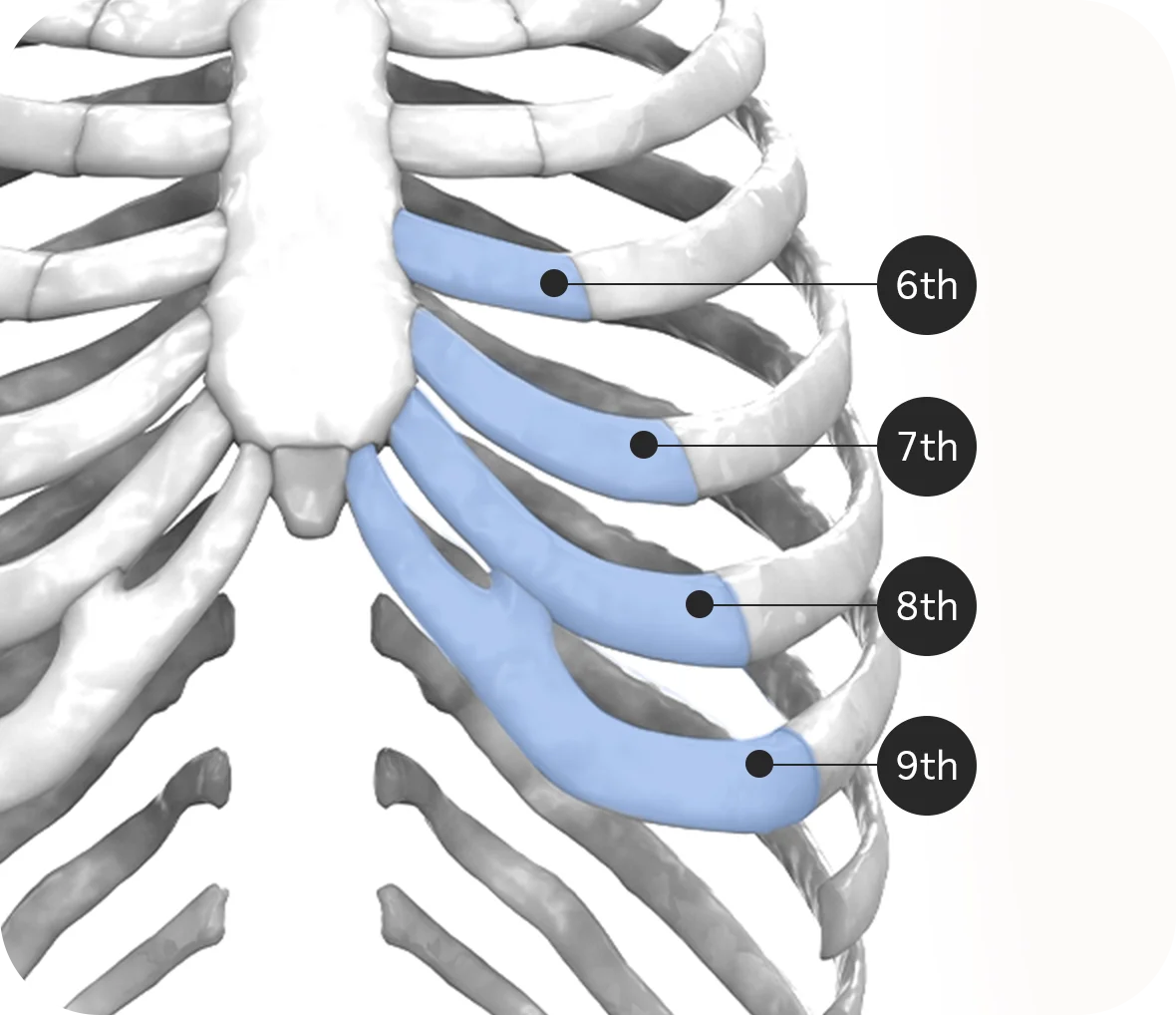
Case 03
Autologous Costal Cartilage
it provides a larger harvestable volume.
It offers excellent support and durability,
maintaining nasal tip projection over time.
Nose Plastic Surgery info
Quick Overview of
Non-implant Rhinoplasty
At 345 Plastic Surgery, non-implant rhinoplasty is performed considering nasal structure and skin characteristics.

Surgery Time
1 hour 30 minutes – 2 hours

Anesthesia
Sedation
Hospital Stay
Same-day discharge
Follow-Up Visits
3 visits
Recovery
After 1 week
Recommended target
Recommended for
these individuals
Are you concerned about surgery?
Feel free to inquire!
01
First, Visible Implant
For those with thin skin causing the implant to be visible.
02
Second, Concern About Complications
For those worried about complications from artificial implants.
03
Third, Natural Line
For those who desire a natural nasal line.
04
Fourth, Crooked Nose or Hump Nose
For those with a crooked or hump nose.
Non-implant rhinoplasty Process
345 Plastic Surgery Corrects Step-off Deformity in Non-implant Rhinoplasty
The key to rhinoplasty is correcting the step-off between the nasal bridge and tip. Spreader grafts using septal or costal cartilage are performed to create a smooth transition between the nasal bridge and tip.
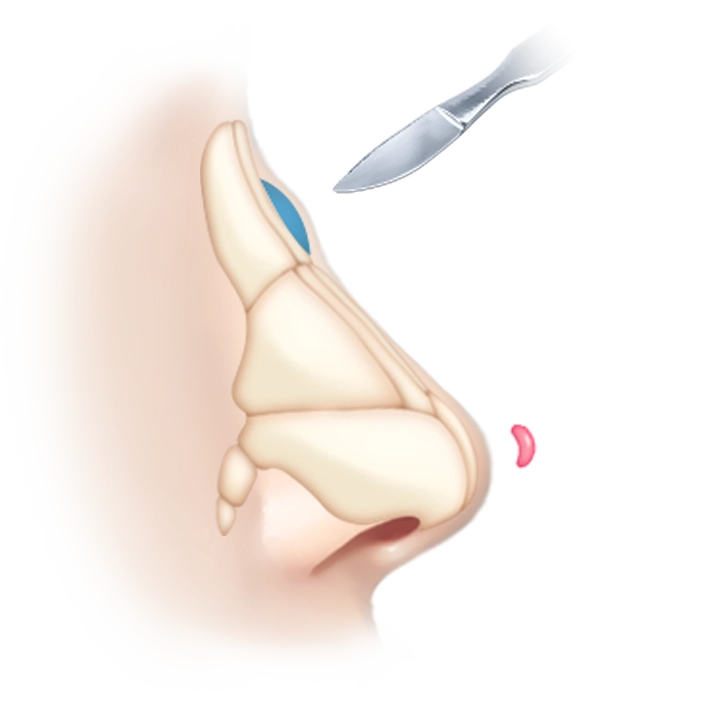
STEP 01
Hump Removal
and the nasal tip is refined and elevated.
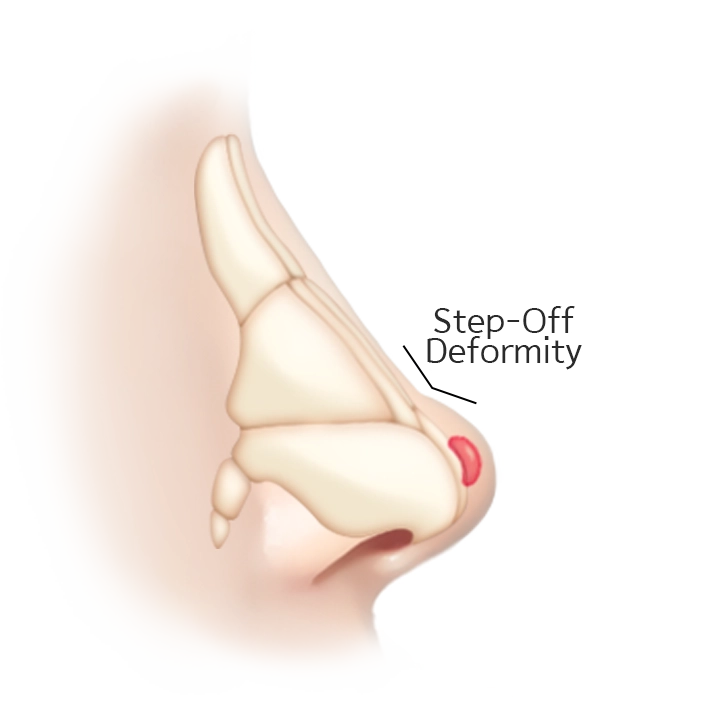
STEP 02
Step-off Formation
between the nasal bridge and tip.
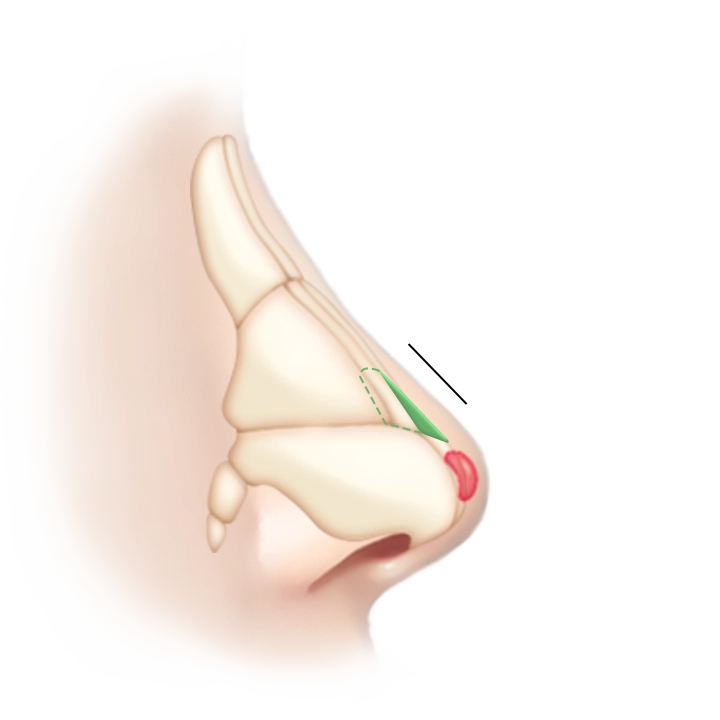
STEP 03
Correction of Step-off
using septal or ear cartilage grafts.
Before and After Photos of
Non-implant Rhinoplasty
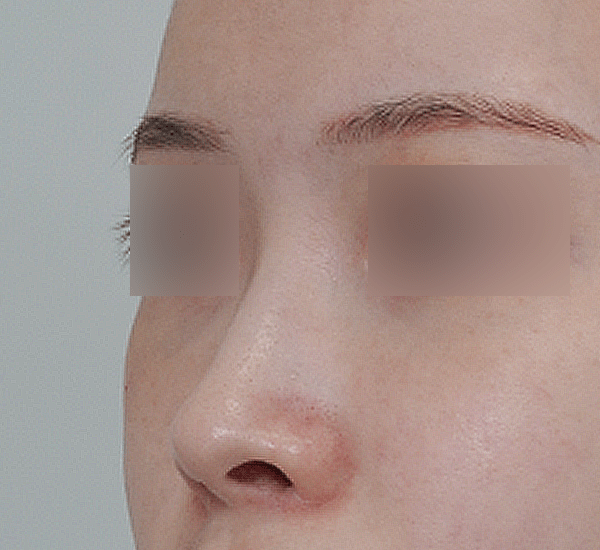
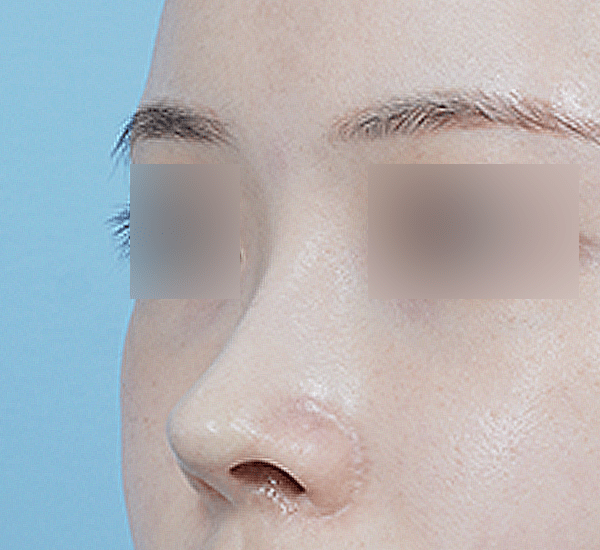
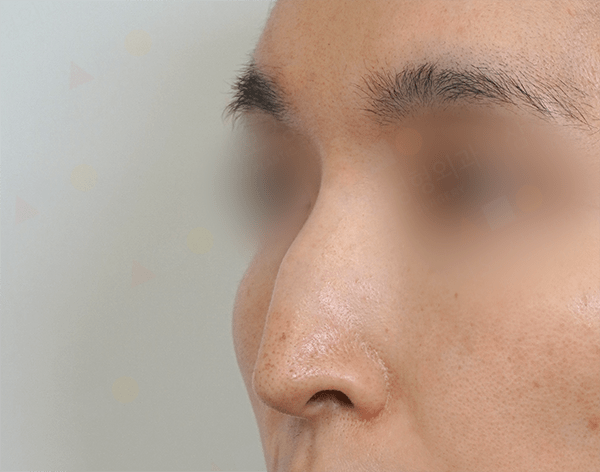
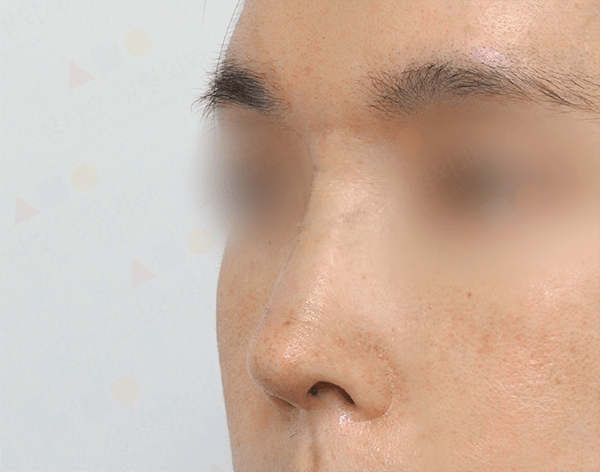


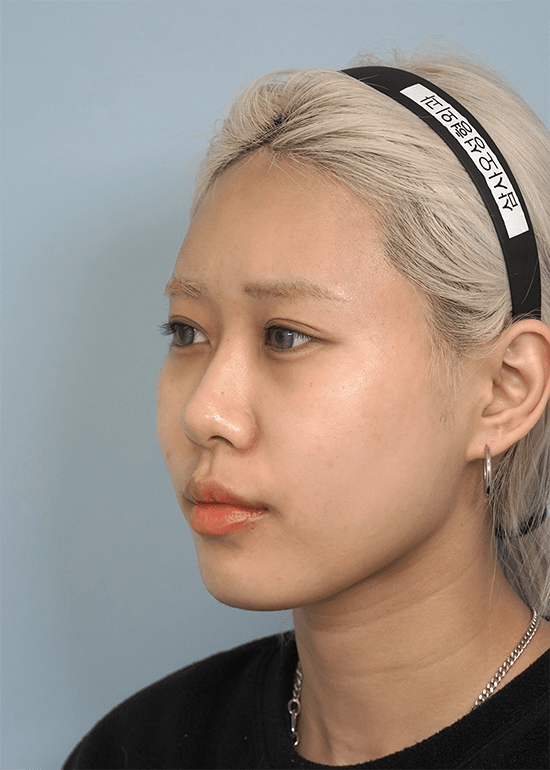
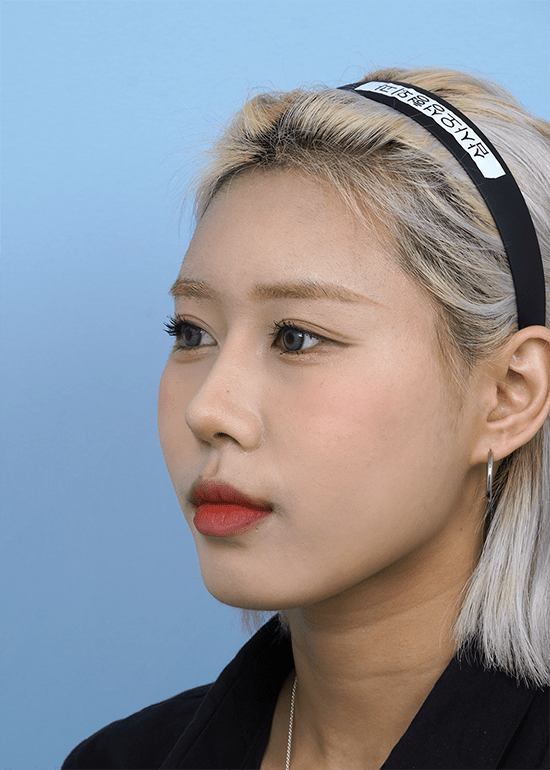
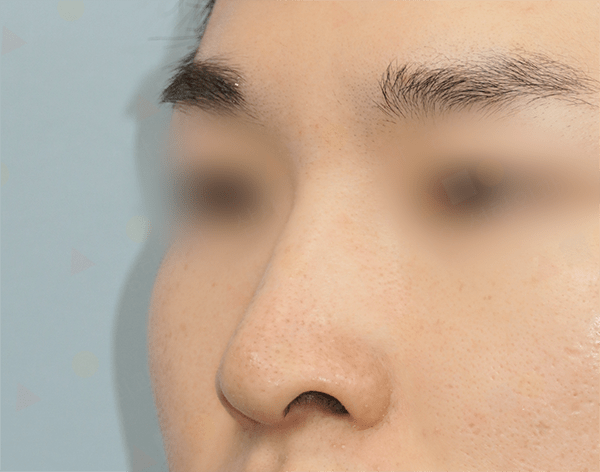

Frequently Asked Questions
About Rhinoplasty
Is implant-free revision surgery possible for contracted nose cases?
Contracture is often caused by inflammation from implants like silicone or Gore-Tex. In revision surgery, it is recommended to avoid reusing implants. If contracture is implant-related, the standard is to remove the implant and perform the surgery without it.
Is implant-free rhinoplasty possible for everyone?
Whether or not to use an implant is a matter of choice. However, there may be limitations to how much the nasal bridge can be raised without an implant, which will be explained during consultation. If the nasal bridge is of average height, enhancing the nasal tip can make the nose stand out, making implant-free rhinoplasty a viable option.
Why does nasal tip drooping occur after rhinoplasty?
Since the implant is supported by the underlying bone, collapse of the nasal bridge is rare. However, if the nasal tip is lower than the bridge, it may appear as tip drooping. If the patient is prone to tip drooping, adjusting the bridge height or using supportive materials can minimize the risk. However, due to the constant pull of gravity, tip drooping may occur over 10 to 20 years as ligaments and surrounding tissues loosen with aging. Even without surgery, the nose naturally droops over time due to aging.